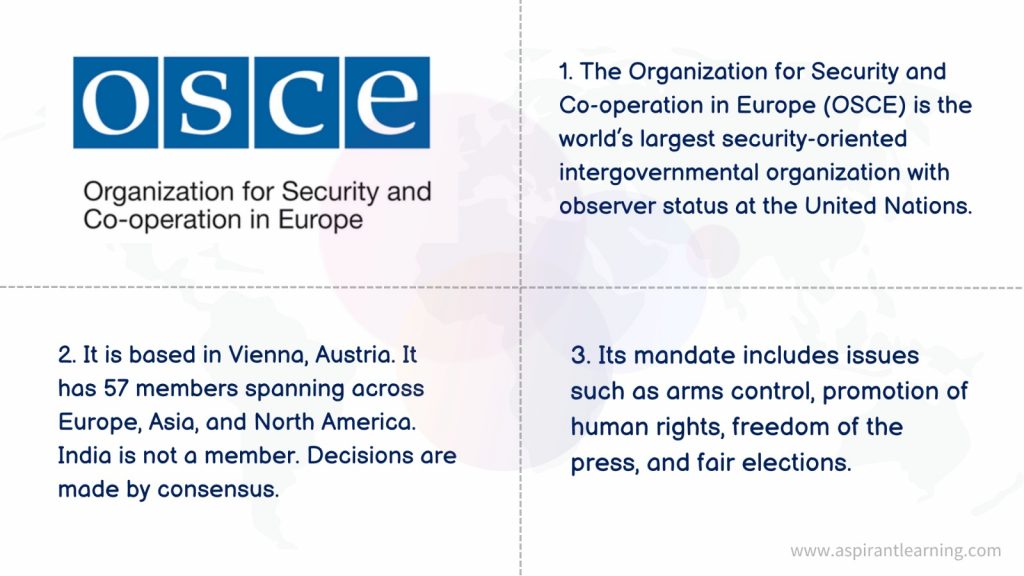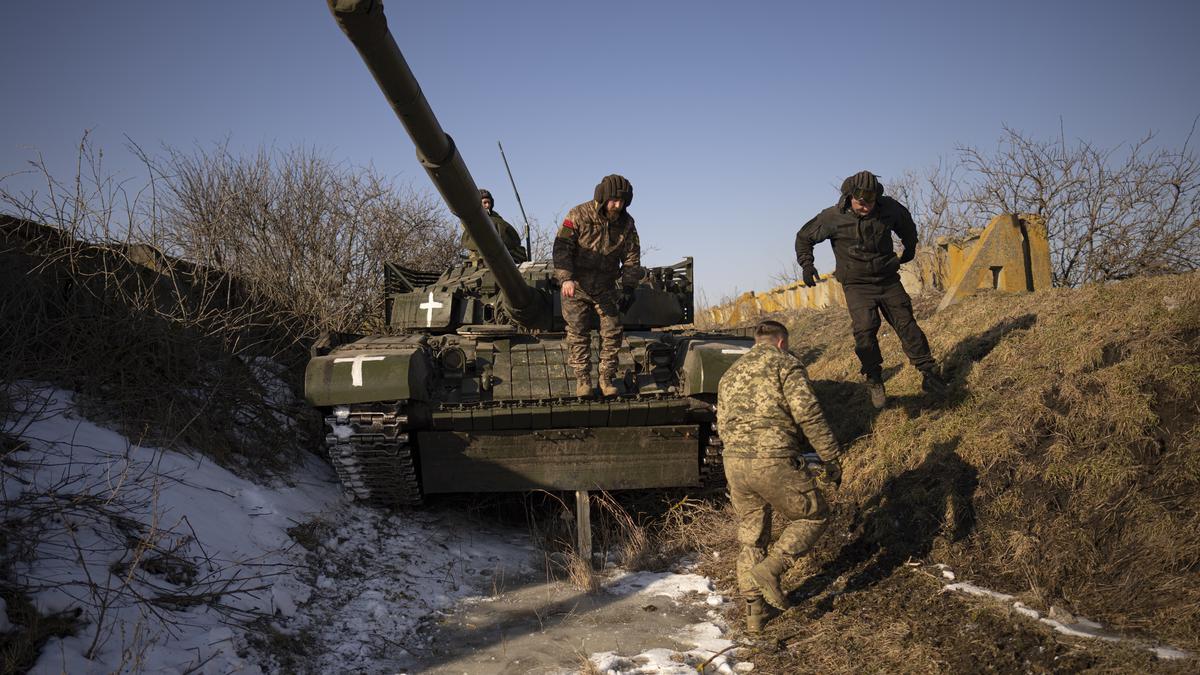News Highlights:
- Russia’s war in Ukraine: A year after Russia launched its invasion of Ukraine, there are signs of escalation everywhere.
- The West has recently announced the supply of more advanced weapons to Ukraine, deepening its involvement in the conflict.
Russo-Ukrainian War
- About:
- The Russo-Ukrainian War is an ongoing international conflict between Russia, alongside Russian-backed separatists, and Ukraine, which began in February 2014.
- Russia seeks assurance from the West that Ukraine would not be made part of NATO which has anti-Russian ambitions.
- But the US is not ready to budge on Russia’s demands.
- This has left the countries in a stand-off, with tens of thousands of Russian troops ready to invade Ukraine
- In February 2022, the conflict saw a major escalation as Russia launched a full-scale invasion of Ukraine.
- Cause of conflict:
- Ukraine and Russia share hundreds of years of cultural, linguistic and familial links.
- As part of the Soviet Union, Ukraine was the second-most powerful Soviet republic after Russia and was crucial strategically, economically and culturally.
- For many in Russia and in the ethically Russian parts of Ukraine, the shared heritage of the countries is an emotional issue that has been exploited for electoral and military purposes.
- Ever since Ukraine split from the Soviet Union, both Russia and the West have vied for greater influence in the country in order to keep the balance of power in the region in their favour.
- For the United States and the European Union, Ukraine is a crucial buffer between Russia and the West.
- As tensions with Russia rise, the US and the EU are increasingly determined to keep Ukraine away from Russian control.
Historical background:
- Euromaidan movement or the Revolution of dignity:
- November 2013 saw the start of mass protests across Ukraine, particularly in Kiev’s Maidan, or central square.
- Protesters were angry at Ukraine’s then-pro-Russia President Viktor Yanukovych’s decision to join the Russia-led Eurasian Economic Union instead of the EU.
- The protests, known as the Euromaidan movement, saw massive clashes between the protesters and security forces that peaked in February 2014 and led to the ouster of Yanukovych.
- Annexation of Crimea:
- Amid fears of growing Western influence in Ukraine, Russia invaded Crimea, a part of Ukraine.
- It also began fomenting a separatist movement in eastern Ukraine, home to many ethnically Russian.
- Crimea is a peninsula on the Northern coast of the Black Sea in Eastern Europe.
- The invasion and subsequent annexation of Crimea have given Russia a maritime upper hand in the region.
- It also gave Russia’s President a significant boost in popularity ratings inside Russia.
- Minsk agreements:
- Minsk protocol (Minsk I):
- In September 2014, talks led to the signing of the Minsk protocol (Minsk I) by the Trilateral Contact Group involving Ukraine, Russia, and the Organisation for the Security and Cooperation in Europe (OSCE).
- It is a 12-point ceasefire deal involving provisions like weapon removal, prisoner exchanges, humanitarian aid, etc.
- But the deal broke following violations by both sides.
- Minsk II:
- In 2015, yet another protocol termed Minsk II was signed by the parties. It included provisions to delegate more power to the rebel-controlled regions.
- But the clauses remain unimplemented due to differences between Ukraine and Russia.
- Minsk protocol (Minsk I):

Current Situation:
- Status of the war:
- Russia is expected to launch a new offensive in the coming days. Right now, focused fighting has been going on in some flashpoints along the frontline.
- For over seven months, PMC Wagner, a private Russian security force with close ties to the Kremlin, has been fighting to take Bakhmut, a city at the cross junction of several key arteries in Donetsk, one of the four Ukrainian regions annexed by Mr. Putin in September.
- Last month, Wagner took Soledar, a salt mine town in the outskirts of Bakhmut, and several settlements around the city thereafter.
- As of now, Russians control all major highways into Bakhmut, except one (Chasiv Yar), which Ukrainian troops are using for reinforcement and resupply.
- India’s stand:
- During a UNSC meeting in May 2021, India signalled its backing for traditional partner Russia on the Ukraine issue.
- India has advocated political and diplomatic solutions that protect the legitimate interests of all countries in the region and ensure long-term peace and stability in Europe and beyond. The path forward can only be through peaceful dialogue for a lasting solution acceptable to all concerned.
- Last November India voted against a Ukraine-sponsored resolution in the UN that condemned alleged human rights violations in Crimea thereby backing old ally Russia on the issue.
Pic Courtesy: The Hindu
Content Source: The Hindu



